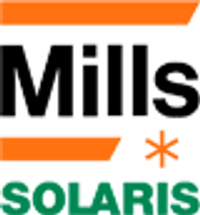
Mills Locacao Servicos E Logistica SA
BOVESPA:MILS3

Mills Locacao Servicos E Logistica SA
Mills Locação, Serviços e Logística SA engages in the provision of infrastructure and construction solutions. The company is headquartered in Rio De Janeiro, Rio De Janeiro. The company went IPO on 2010-05-20. The firm's activities are divided into two business units: Construction and Rental. The Construction division operates in the heavy construction market and offers construction works and services, including formworks and props, as well as access to non-mechanized equipment, mast climbing platforms and scaffolds for the residential and office building construction sector. The Rental division provides leasing and sale of scissor lifts and telescope handlers for construction, trade and manufacturing markets, among others. The firm operates numerous branches across Brazil.
















































 You don't have any saved screeners yet
You don't have any saved screeners yet
